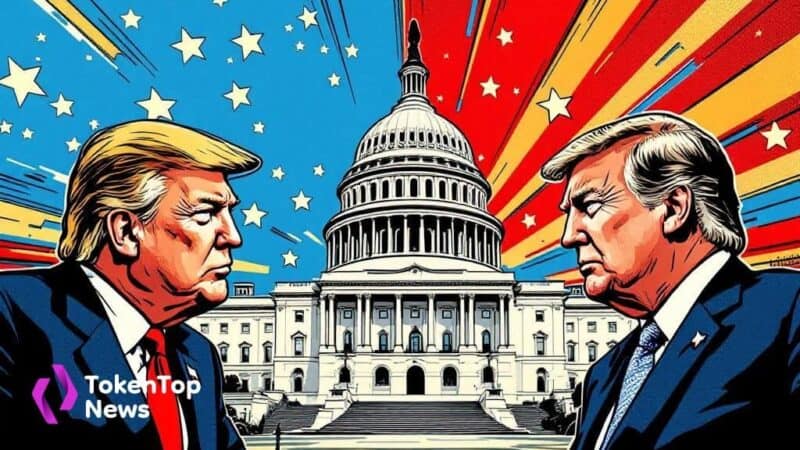South Korean Central Bank Discusses Stablecoin Strategy with Circle
- Main event focuses on Circle’s stablecoin strategies in South Korea.
- Discussed the launch of KRW-pegged stablecoin.
- Potential market impact on stablecoin and crypto sector.

South Korea’s Central Bank Governor Rhee Chang-yong recently met Circle executives, including CEO Heath Tarbert, in Seoul to discuss stablecoin business strategies and potential KRW-pegged stablecoin initiatives.
The meeting highlights South Korea’s focus on stablecoin innovation, potentially elevating its crypto market status, with implications for liquidity and regulation involving major cryptocurrencies like USDC.
Rhee Chang-yong, South Korea’s Bank Governor, met with Circle executives to discuss strategies for stablecoin implementation. The meeting explored the launch of a KRW-pegged stablecoin in the Korean market.
The meeting included Circle’s CEO Heath Tarbert and leading financial executives in South Korea, discussing private stablecoin roles and potential collaboration. Circle’s strategic positioning within the Korean crypto ecosystem was a focus. Heath Tarbert, CEO of Circle, stated, “Koreans must have access to stablecoins denominated in their own currency when buying and selling digital assets or making international remittances.”
The discussions highlighted potential impacts on the Korean financial industry, decentralizing currency exchange processes, and integrating stablecoins with local markets. Regulatory insights were shared to explore a stablecoin launch aligning with national interests.
Critical implications involve enhancing Korea’s position within the global crypto landscape and introducing domestic liquidity options. Regulatory measures may streamline stablecoin adoption, elevating South Korea’s presence in the global digital currency sector.
The meeting’s outcomes could impact regulatory frameworks shaping the operation of domestic stablecoins. Further exploration of collaboration and development can enhance liquidity and bring new market dynamics to Korea’s crypto arena.
Insights from similar stablecoin initiatives underscore potential regulatory and technological models. Historical scenarios where private stablecoins developed under national supervision reveal increased financial integration. Data indicate stablecoins may fortify Korea’s digital currency markets.





